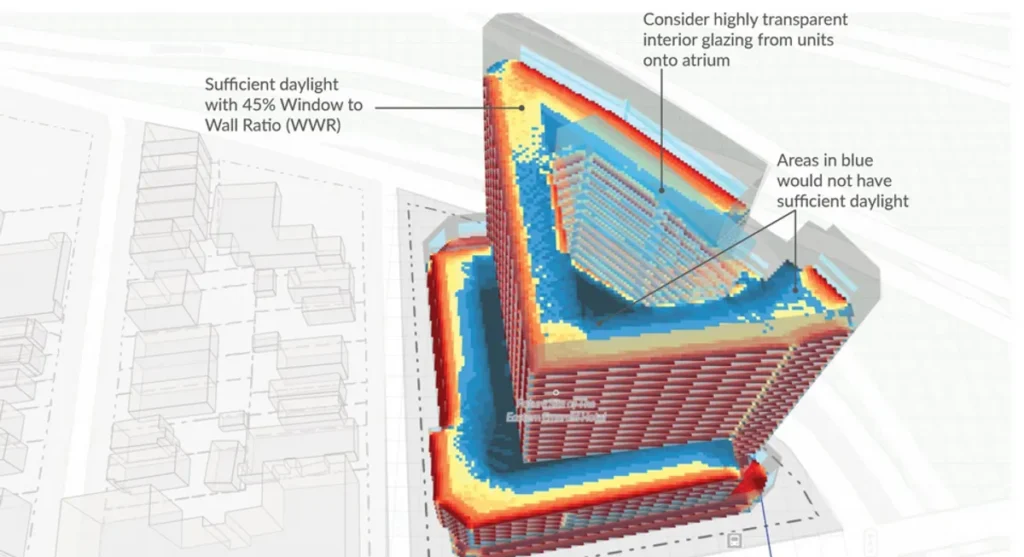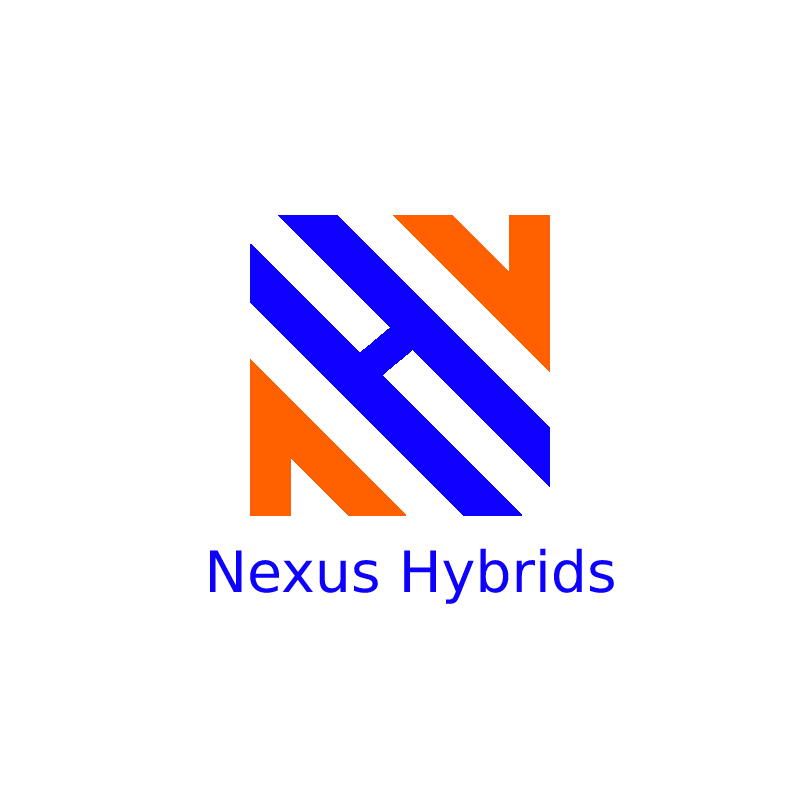Climate change is a global challenge that affects everyone. It is caused by the excessive emission of greenhouse gases, such as carbon dioxide, into the atmosphere. These gases trap heat and warm up the planet, leading to various environmental and social problems, such as melting ice caps, rising sea levels, extreme weather events, and biodiversity loss.

One of the major sources of greenhouse gas emissions is the building industry. Buildings consume a lot of energy and resources during their construction and operation. In fact, buildings account for 40% of carbon emissions and 76% of electricity use in the United States. Therefore, reducing the environmental impact of buildings is crucial for fighting climate change.
But how can we design and construct buildings that are more energy-efficient, cost-effective, and sustainable? That is the question that cove.tool, a building design software company, is trying to answer.
Cove.tool is a software platform that helps architects, engineers, contractors, and owners design and build high-performance buildings that save money and reduce carbon emissions. cove.tool uses data, automation, and optimization to analyze various aspects of building performance, such as energy use, daylighting, water use, embodied carbon, and life cycle cost.
Cove.tool also provides a user-friendly interface that allows users to easily input their project parameters, compare different design options, visualize their results, and generate reports. cove.tool helps users make informed decisions based on data and best practices.
What are some of the benefits of using cove.tool for building design?
Using Cove.tool for building design brings a host of benefits that make designing and constructing buildings smarter, greener, and more efficient:
- Sustainability: Cove.tool helps create buildings that are kinder to the environment. It provides tools and insights to design structures that use less energy, reducing their carbon footprint.
- Cost Savings: By optimizing building designs, Cove.tool can help save money in the long run. Efficient designs mean lower energy bills and fewer unexpected construction costs.
- Ease of Use: It’s designed to be user-friendly, so architects and engineers can focus on creativity without being bogged down by complicated software.
- Collaboration: Cove.tool fosters collaboration among different professionals involved in a project, ensuring everyone is on the same page and working towards a common goal.
- Risk Reduction: By providing clear visibility into the design and construction process, it helps identify and mitigate potential problems early, reducing project risks.
- Transparency: Cove.tool brings transparency to the design process, making it easier for all stakeholders to understand and contribute to the project’s success.
- Quality Improvement: With Cove.tool, the quality of building designs improves, resulting in structures that are not only sustainable but also well-optimized for their intended use.
- Contribution to a Greener Future: By using Cove.tool, architects, engineers, and builders are actively participating in the fight against climate change, contributing to a more eco-friendly world.
In essence, Cove.tool is not just about designing buildings; it’s about designing a better future for our planet and making the process smoother and more efficient for everyone involved.
Also Read: Meet Freenome: The Company That Is Revolutionizing Early Cancer Detection
